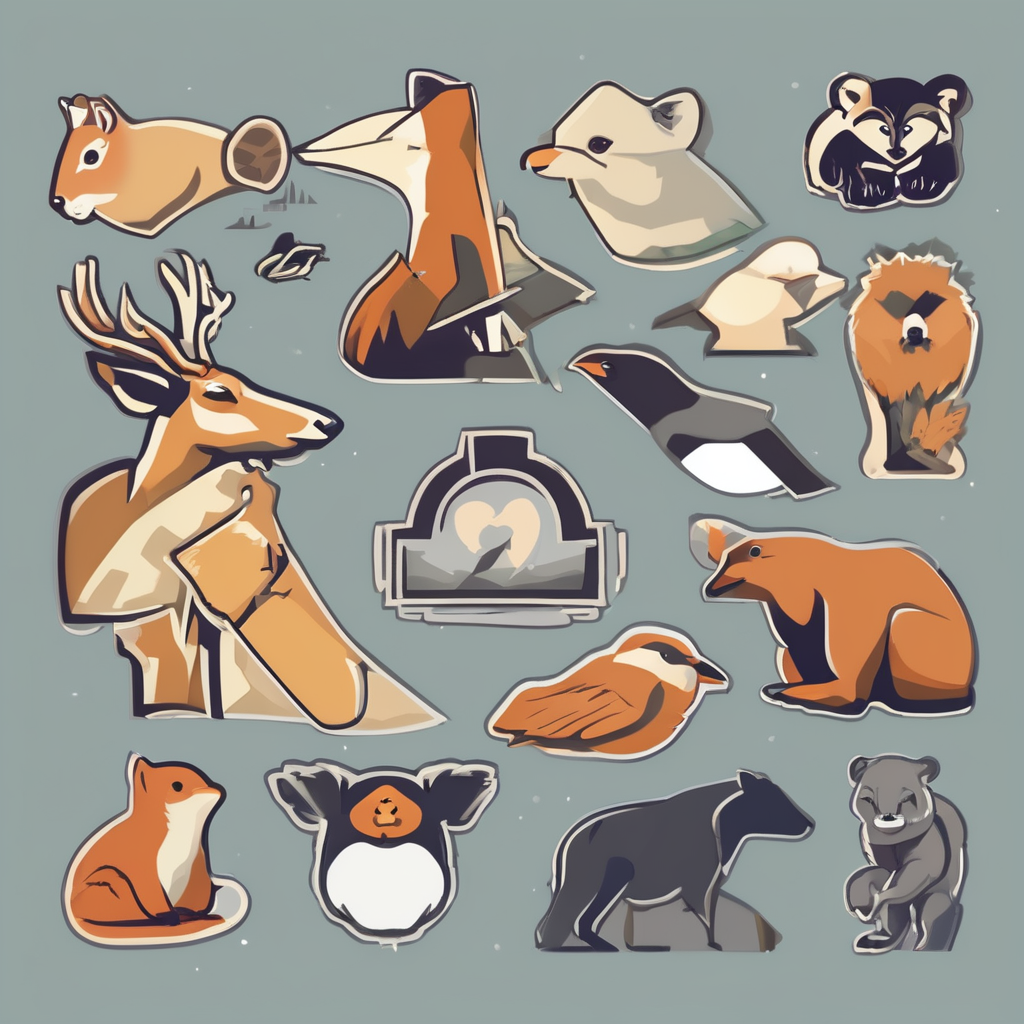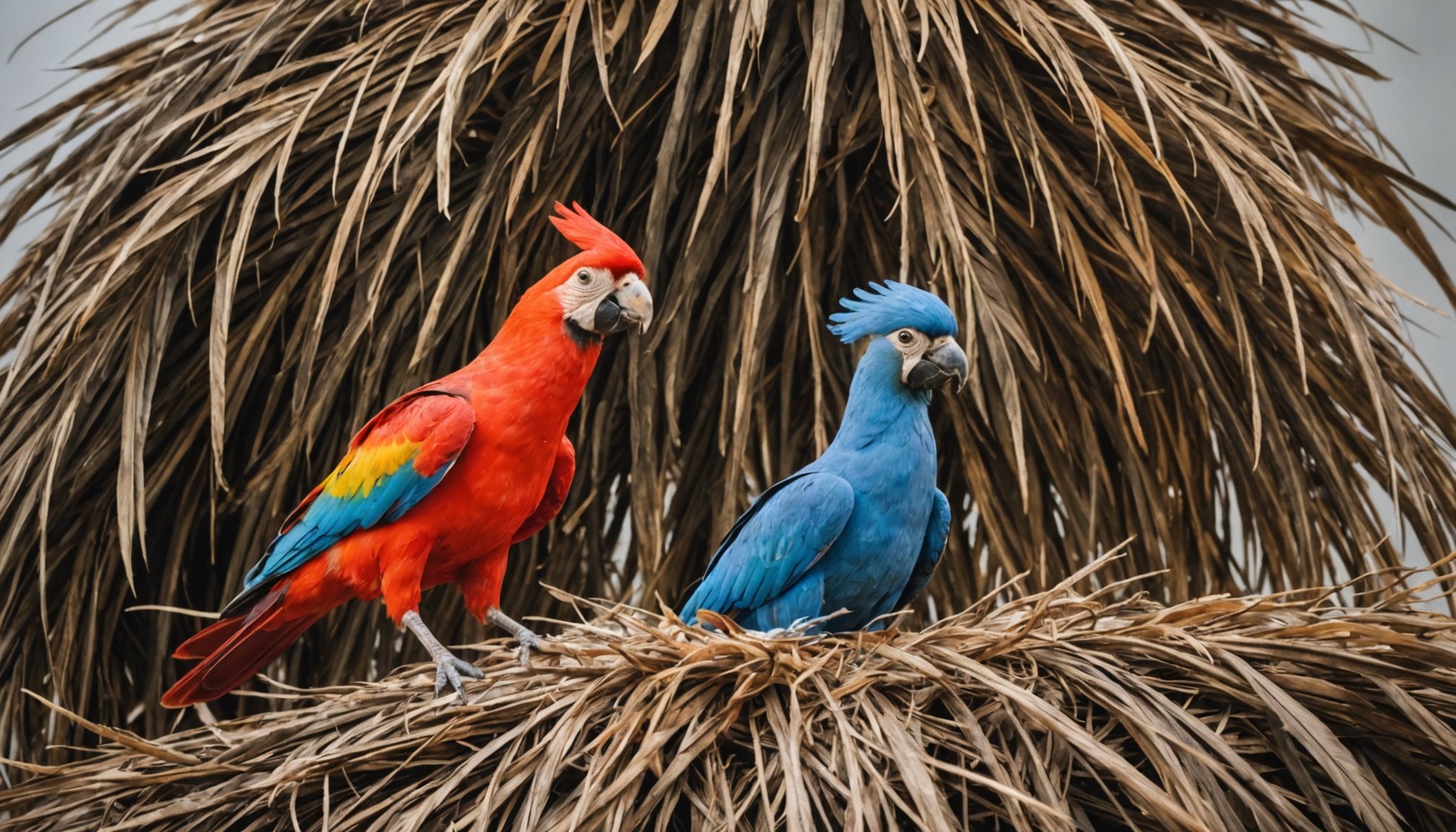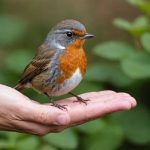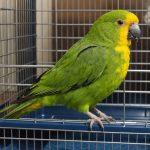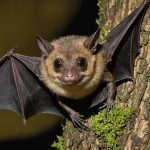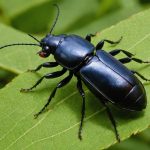Understanding Feather Plucking in Birds
Feather plucking is a perplexing behaviour observed in various bird species, particularly in captive environments. This behaviour involves birds pulling out their own feathers, a practice that can severely affect their well-being. Understanding the significance of this behaviour is crucial for addressing the underlying issues.
Birds may engage in feather plucking for several reasons. One common cause of feather plucking is stress, often resulting from inadequate cage conditions or lack of mental stimulation. It is important to provide a stimulating environment to prevent such behaviour. Nutritional deficiencies and allergies can also lead to feather plucking, as birds may try to alleviate discomfort.
In the same genre : Essential Guide to Properly Hand-Rearing Orphaned British Robins: Techniques for Success
Feather plucking can also be a manifestation of underlying health issues, such as parasites or infections. In such cases, immediate veterinary attention is necessary to address the avian health concerns.
The impact on a bird’s health and well-being is substantial. Feather plucking often results in open wounds, increasing susceptibility to infections and other complications. Moreover, it can lead to psychological effects, including increased anxiety or stress.
Also to see : Essential Tips for Ensuring Your Pet Bird Feels at Home in Its Travel Carrier
Addressing feather plucking requires a multi-faceted approach, focusing on environmental enrichment, dietary adjustments, and veterinary care to ensure optimal avian health and well-being. Regular observation and early intervention can significantly improve the quality of life for affected birds.
Proven Behavioral Strategies to Prevent Feather Plucking
Feather plucking can be a distressing behaviour for both owners and birds. Implementing effective behavioral strategies is essential to address this issue. One crucial element is ensuring environmental enrichment. This involves providing toys, puzzles, and activities that cater to a bird’s instinctive habits, like foraging. Enrichment stimulates their mind and reduces boredom that often leads to feather plucking.
To enhance positive interactions with your feathered friend, consider adopting various interaction techniques. Spend quality time with the bird, engaging in playful activities or teaching simple tricks. These interactions not only strengthen your bond but also divert the bird’s attention away from negative behaviours. Varying their out-of-cage time fosters understanding and prevents habits like feather plucking.
Identifying and addressing stressors is another key aspect of curbing feather plucking. Birds are sensitive to changes in their environment, such as loud noises or the presence of unfamiliar people. Observing your bird’s behaviour can help locate specific stressors. Once identified, take necessary steps to minimize these disruptions. Ensure the bird has a quiet, safe space where they can retreat.
By incorporating these behavioural strategies—environmental enrichment, effective interaction techniques, and stress management—you can significantly diminish the occurrence of feather plucking, promoting a healthier and happier life for your bird.
Veterinary Insights on Feather Plucking
Feather plucking in birds can be a perplexing issue for pet owners, necessitating professional veterinary advice. Consulting a veterinarian is crucial for a comprehensive health assessment, as this behaviour often indicates underlying health problems. Medical conditions such as allergies, skin infections, or liver disease are common culprits. In some cases, nutritional deficiencies or a lack of mental stimulation might also contribute to feather plucking.
During a health assessment, veterinarians often engage in detailed examinations, including blood tests and skin scrapes, to identify potential medical conditions. In doing so, they can determine a treatment option tailored to the individual needs of the bird.
Treatment options for feather plucking range from behavioural and environmental modifications to medication. Implementing enrichment activities, such as toys and foraging tasks, can alleviate boredom and reduce stress, thereby mitigating feather plucking behaviour. In terms of medication, topical treatments can address skin issues, while antibiotics or antifungal drugs might be necessary if infections are present.
Ultimately, understanding the diverse causes behind feather plucking underpins effective intervention. By utilising expert veterinary advice, owners are better equipped to support the health and wellbeing of their feathered companions.
Environmental Modifications to Reduce Feather Plucking
Feather plucking can often be mitigated by making thoughtful environmental modifications. Key to this is the cage setup and location. The cage should be situated in a quiet area, away from bustling activity that may lead to stress but close enough to frequent human interaction. This balance can foster contentment and prevent loneliness.
Optimal living conditions start with a spacious cage, providing enough room for your bird to stretch its wings comfortably. Consider adding toys and branches to promote physical activity and mental stimulation. Eniting a sense of exploration is crucial in keeping your bird engaged.
Temperature, light, and noise levels are critical elements. Parrots, for example, thrive in temperatures between 18°C to 24°C. Lighting should mimic natural cycles, with roughly 10 to 12 hours of light. Pay attention to noise — loud sounds can stress birds, so ensure the environment remains calm and serene.
Providing a safe and enriching play area outside the cage is beneficial. This not only encourages exercise but also stimulates curiosity and reduces boredom. Ensure the area is free from hazards. Adjusting these factors can significantly lower feather plucking incidences by creating a nurturing and secure habitat for your bird.
Case Studies and Success Stories
When dealing with feather plucking in birds, observing case studies of successful interventions can provide invaluable insights. These success stories often showcase behavioral changes achieved through strategic approaches.
Consider the story of a parrot named Mango. His owner noticed Mango plucking feathers excessively. After consulting an avian specialist and implementing environmental enrichment—like toys and foraging activities—significant improvements were observed. Mango’s case exemplifies how tailored interventions can lead to positive outcomes.
Another noteworthy case involved a cockatoo named Bella. Her owner implemented dietary modifications alongside social engagement, resulting in reduced feather plucking. These case studies highlight the importance of understanding individual bird needs and the effectiveness of customized strategies.
Lessons learned from these examples emphasize the value of consistency and patience. Each bird’s recovery journey varies, and monitoring progress is essential. A detailed record of behavioral changes can help track and adjust interventions accordingly.
Ultimately, these success stories underline the potential for recovery and improved quality of life for birds affected by feather plucking. Encouraging case studies like these inspire bird owners to seek professional guidance and explore innovative solutions tailored to their bird’s preferences and behaviors.
Resources and Products for Managing Feather Plucking
Feather plucking can be challenging, but numerous resources and solutions can help bird owners tackle this issue effectively. Gathering information from credible sources is crucial. Several books and online articles provide in-depth insights into understanding the causes and management of feather plucking. Notable publications often discuss behavioural triggers, environmental factors, and nutritional requirements in detail, which can be extremely useful.
In terms of products, there are several options designed to prevent or minimise feather plucking. Calming sprays, soothing ointments, and specialised collars can deter birds from plucking. Many owners find these to be practical solutions as they aim to reduce stress and discomfort. It is essential to choose products specifically formulated for birds to ensure their safety and well-being.
For emotional and moral support, joining support groups and forums dedicated to bird care can be invaluable. These communities allow owners to share their experiences and gain advice from others facing similar challenges. Active forums and social media groups often host discussions about effective strategies and new resources that have benefited others. Engaging with such communities can promote confidence and offer new perspectives when addressing feather plucking.
